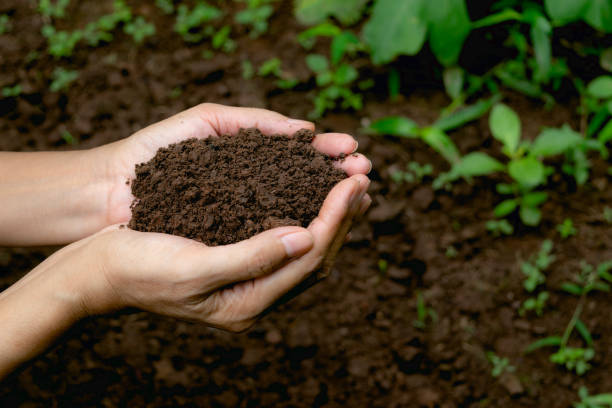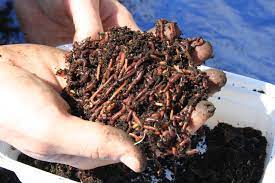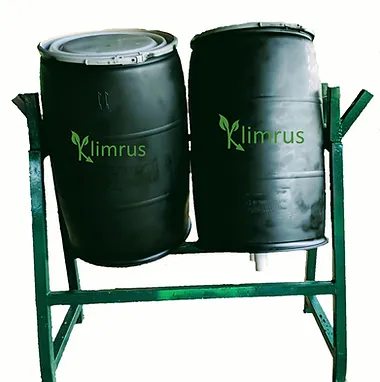Revolutionizing Food Waste Disposal with Solar-powered Composting Machine With Efficient Manual Shredding. Sustainable Food Waste Management with Solar-powered Composting and Manual Shredding.
Green Innovation: Solar Composting and Manual Shredding for Effective Food Waste Reduction
Solar Compost Machine with Manual Shredder.

Food waste is a significant global problem, with an estimated one-third of all food produced globally going to waste. This problem not only harms the environment but also causes significant economic losses. Composting is one solution to this problem, but traditional composting methods can be time-consuming and labor-intensive. However, advancements in technology have led to the development of a food waste solar compost machine with manual shredder that can make composting easier, more efficient, and sustainable.
This machine uses solar energy to power a composting machine and a manual shredder, reducing the carbon footprint associated with traditional composting methods that typically require electricity or fossil fuels. Additionally, the manual shredder reduces the amount of physical effort required to break down the food waste, which can further reduce carbon emissions associated with waste disposal. In this article, we’ll discuss the advantages of using a food waste solar compost machine with manual shredder and how it can contribute to a more sustainable future.
In today’s world, where climate change is a pressing issue, reducing food waste has become crucial. According to the United Nations, one-third of all food produced globally goes to waste, which amounts to a staggering 1.3 billion tons of food each year. This wastage not only harms the environment but also causes significant economic losses.
One solution to this problem is composting. Composting is the process of breaking down organic matter to create nutrient-rich soil that can be used to nourish plants. However, traditional composting methods can be time-consuming and labor-intensive. Luckily, there’s a solution that can make composting easier, more efficient, and sustainable: the food waste solar compost machine with manual shredder.
The food waste solar compost machine with manual shredder is a system that uses solar energy to power a composting machine and a manual shredder. The composting machine is designed to break down food waste quickly, while the food waste into smaller pieces, which speeds up the composting process.
watch below video
One of the main advantages of this system is that it’s eco-friendly. By using solar energy to power the composting machine, it reduces the carbon footprint associated with traditional composting methods, which usually require electricity or fossil fuels. Additionally, the manual shredder reduces the amount of physical effort required to break down the food waste, which can further reduce carbon emissions associated with waste disposal.
Another advantage of the food waste solar compost machine with manual shredder is that it’s cost-effective. The system can be installed in households or small businesses, which means that it can save money on waste disposal fees. Additionally, the nutrient-rich soil produced by the composting process can be used to nourish plants, which can reduce the need for expensive fertilizers.
Overall, the food waste solar compost machine with manual shredder is an innovative and sustainable solution to the problem of food waste. It’s eco-friendly, cost-effective, and can be used to produce nutrient-rich soil that can nourish plants. By embracing this technology, we can take a step towards reducing our carbon footprint and contributing to a more sustainable future.
Sure, here are some advantages of using a food waste solar compost machine with manual shredder:
- Sustainable: One of the most significant advantages of using a food waste solar compost machine with manual shredder is that it is sustainable. The machine uses solar power to operate, which reduces its carbon footprint and minimizes the environmental impact of waste disposal.
- Cost-effective: The machine is also cost-effective. It reduces the amount of food waste that is sent to landfills, which can save money on waste disposal fees. Additionally, the nutrient-rich soil produced by the composting process can be used to nourish plants, which can reduce the need for expensive fertilizers.
- Efficient: The food waste solar compost machine with manual shredder is an efficient way to compost food waste. The manual shredder breaks down the food waste into smaller pieces, which speeds up the composting process. The machine can process large amounts of food waste quickly, making it ideal for households, small businesses, and communities.
- Nutrient-rich soil: The compost produced by the food waste solar compost machine with manual shredder is nutrient-rich and can be used to nourish plants. The compost is high in nitrogen, phosphorus, and potassium, which are essential nutrients for plant growth. Using this compost can improve soil quality and increase plant productivity.
- Easy to use: The food waste solar compost machine with manual shredder is easy to use. The machine is designed to be user-friendly, and the manual shredder is simple to operate. Additionally, the machine does not require any special skills or training to operate, making it accessible to everyone.
- Reduced odor: The compost produced by the food waste solar compost machine with manual shredder has reduced odor compared to traditional composting methods. The manual shredder breaks down the food waste into smaller pieces, which increases the surface area and promotes faster decomposition. This reduces the amount of time the food waste spends in the compost pile, which in turn reduces the odor produced.
In summary, using a food waste solar compost machine with manual shredder offers several advantages. It is sustainable, cost-effective, efficient, produces nutrient-rich soil, easy to use, and reduces odor. By using this technology, we can reduce our carbon footprint and contribute to a more sustainable future.
Visit to know more details :Klimrus sustainable solution pvt ltd.










